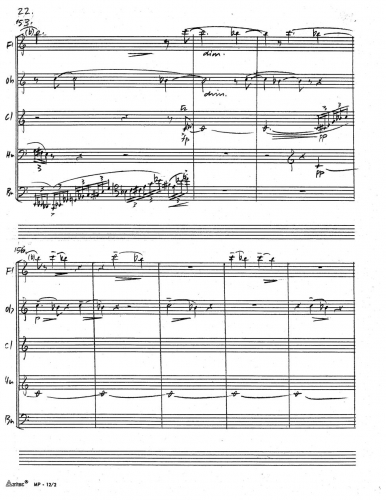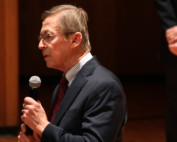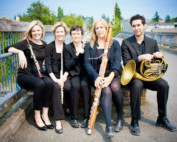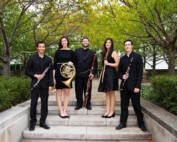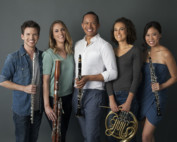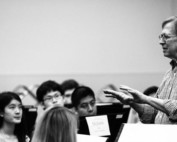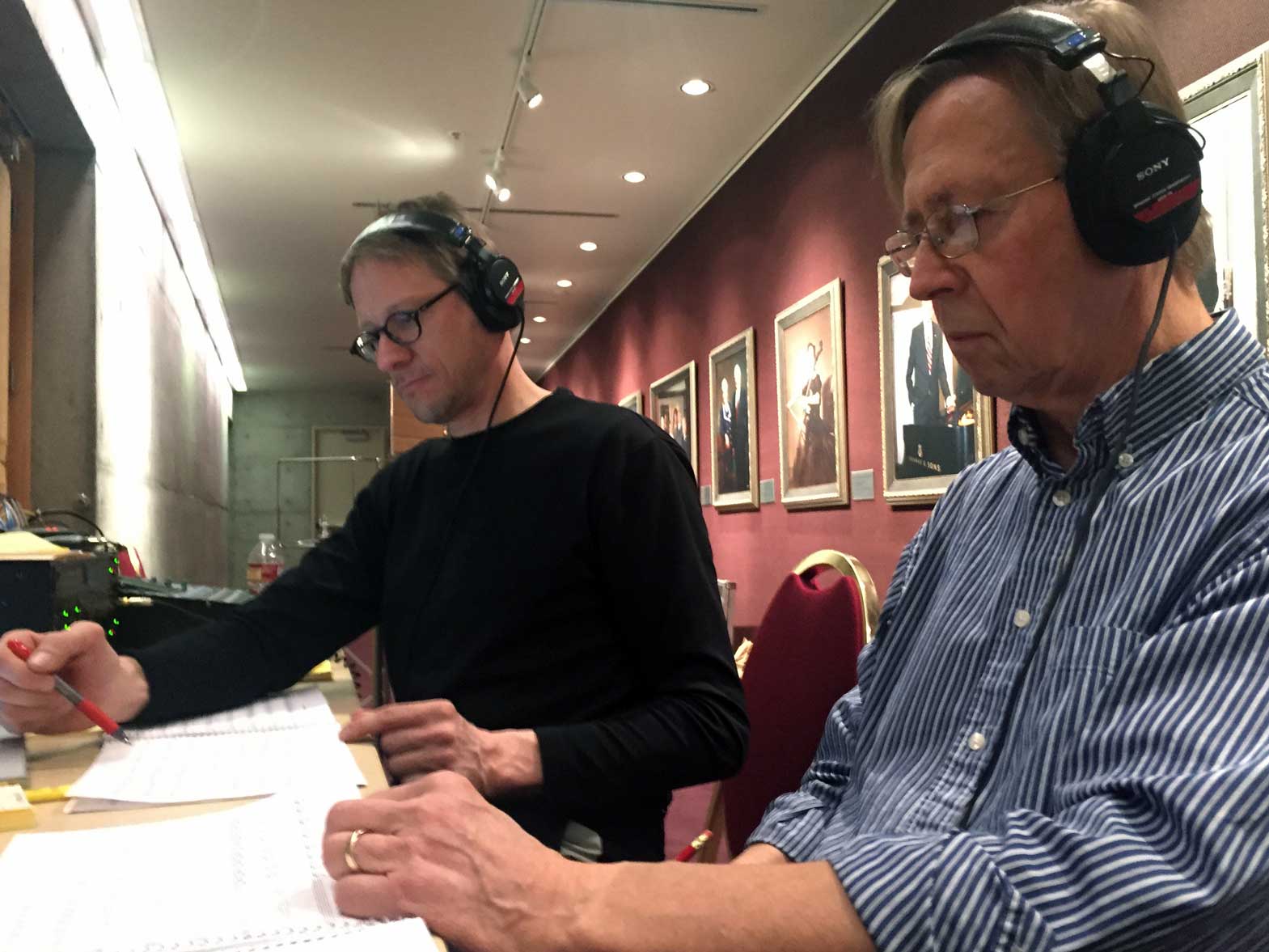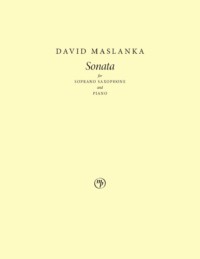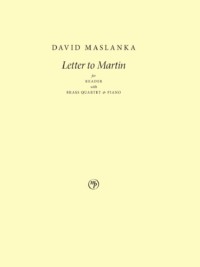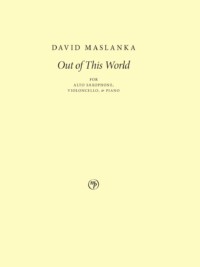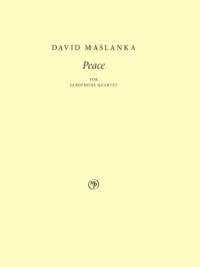Project Description
Woodwind Quintet
1999
27 min.
Listen Now
The Missouri Quintet
On the album David Maslanka Wind Music
The Bergen Woodwind Quintet
On the album Maslanka: Quintets Nos. 1-3
Movements
- I. Slow, Moderate
- II. Moderate
- III. Very Fast
Commissioned by
The Missouri Quintet with a grant from the University of Missouri Research Board.
Premiere
The premiere performance was done by the Missouri Quintet on 14 March, 2000 in Columbia, Missouri.
Program Note
In recent years I have developed an abiding interest in the Bach Chorales, singing and playing them daily as warm-up for my composing time, and making my own four-part settings in the old style. The chorales now regularly find their way into my music, and have become a significant “leaping off” point for me.
The first movement of Quintet No. 3 opens with the chorale “Ihr Gestim ihr hohlen Lufte” (“Your stars, your cavernous sky”). The movement is a “continuous play” kind of piece. After the chorale there is a sharply contrasting first theme, which works its way over time into a second theme, and this becomes the subject of a short and very pushy set of variations. There is a restatement of the first theme, and the movement ends with a blunt presentation of a new chorale: “Christe, der du bist Tag und Licht” (Christ, you are day and light”).
In the second movement, the chorale “Ermuntre dich, mein schwacher Geist” (“Take courage, my weak spirit”) serves as a backdrop for an impassioned flute soliloquy. This is an intimate and personal music. The movement closes with a simple and uninterrupted statement of the chorale.
The third movement is exceptionally demanding for the performers because of its speed and length. It is something of a sonata form. However, the second theme, which sounds like a chorale melody, becomes the subject of a set of variations. The movement finishes with a partial recapitulation and an extended coda.
Program Note by David Maslanka
Further Reading
From the Maslanka Archive – No. 24, David on Matters of Tempo and Dynamics
From the Maslanka Archive features media and stories of David's life and work. This week, we are excited to feature an address David gave on matters of tempo and dynamics from a masterclass given at Illinois State University.
Maslanka Weekly: Best of the Web – No. 99, Even More New Performances of Chamber Music
Maslanka Weekly highlights excellent performances of David Maslanka’s music from around the web. This week, we feature three new performances of chamber works: Quintet for Winds No. 3, Song Book for Alto Saxophone and Marimba, and Sonata for Bassoon and Piano.
Maslanka Weekly: Best of the Web – No. 95, More New Performances of Chamber Music
Maslanka Weekly highlights excellent performances of David Maslanka’s music from around the web. This week, we feature three new performances of chamber works: Quintet for Winds No. 3, Quintet for Winds No. 1, and Sonata for Oboe and Piano.
Maslanka Weekly: Best of the Web – No. 11, The Wind Quintet
Maslanka Weekly highlights excellent performances of David Maslanka’s music from around the web. This week, phenomenal performances of Quintet for Winds No. 3, Movement I, Quintet for Winds No. 1, Movement 1, and the entirety of Quintet for Winds No. 2.
David Maslanka: Works for Younger Wind Ensembles
Here are more than twenty works for wind ensemble, arranged in approximate ascending order of difficulty, with commentary by David Maslanka
Recording the Wind Ensemble Music of David Maslanka
Mark Morette of Mark Custom Recording shares his extensive experience in recording wind ensembles.
The Use of Johann Sebastian Bach’s Chorales in David Maslanka’s Quintet for Winds No. 3 for Flute, Oboe, Clarinet, Horn, and Bassoon
Elisa Moles' thesis on David's third Quintet for Winds focuses specifically on his use of Bach chorales. Her thorough analysis of the quintet displays David's use of chorales as an integral part of the composition. Through [...]
